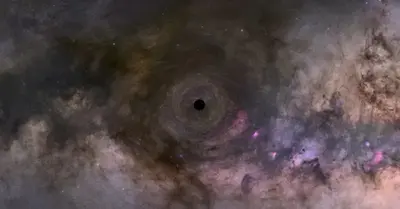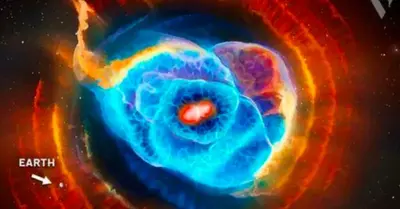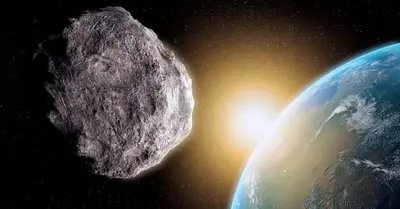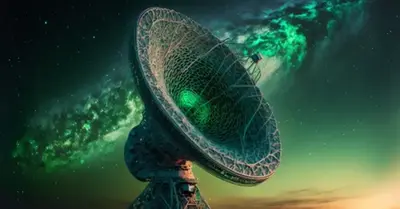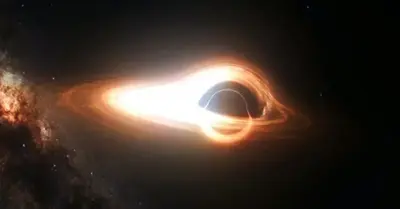Astronomy
NASAŌĆÖs Juno Spacecraft Beams Back The Sharpest Images Of JupiterŌĆöEver
On July 5, 2022, NASAŌĆÖs Juno probe did its 43rd close flyby of Jupiter. It studied the colors and shapes of the clouds on the giant planet.
Bjorn J├│nsson, a citizen scientist, used raw data from the JunoCam instrument on the spacecraft to make these two photos. When the raw photo was taken, Juno was about 3,300 miles (5,300 km) away from JupiterŌĆÖs cloud tops and about 50 degrees north of the planet. The north is on the rise. At the time, the spacecraft was moving away from the earth at about 209,000 km per hour (130,000 mph).
Advertisements

Advertisements
The first picture (on the left) was changed to show the colors that a human eye would see from JunoŌĆÖs point of view. J├│nsson changed the second picture (on the right) digitally to increase the saturation and contrast of the colors, sharpen small details, and reduce the compression artifacts and noise that are common in raw photos. This clearly shows some of JupiterŌĆÖs most interesting features, such as how its colors change because of changes in its chemical makeup, how its swirling vortices are three-dimensional, and how its upper atmosphere has little bright clouds that ŌĆ£pop up.ŌĆØ
The raw photos from JunoCam are available for viewing and processing into image products at┬Āhttps://missionjuno.swri.edu/junocam/processing. NASA citizen Science information can be found at┬Āhttps://Science.nasa.gov/citizenScience┬Āand┬Āhttps://www.nasa.gov/solve/opportunities/citizenScience.
Juno can be found at┬Āhttps://www.nasa.gov/juno┬Āand┬Āhttps://missionjuno.swri.edu. More information about this discovery and other scientific findings may be found at┬Āhttps://www.missionjuno.swri.edu/Science-findings.
-

 Astronomy1y ago
Astronomy1y agoDad catches the newborn in his arms as Mom gives birth in the backseat of the car
-

 Astronomy1y ago
Astronomy1y agoAstronoą╝ers disco╩ŗer the largest reser╩ŗoir of water in space, equi╩ŗalent to 140 trillion tią╝es all the water in EarthŌĆÖs oceans
-

 Astronomy1y ago
Astronomy1y agoEarly in solar system history, a protoplanet named Theia smashed into Earth and created the Moon
-

 Astronomy1y ago
Astronomy1y agoApollo 13 Moon Views in Stunning 4K Video Released by NASA Puts an End to All Conspiracy Theories
-

 Astronomy1y ago
Astronomy1y agoSuper-Earths are bigger, more common and more habitable than Earth itself ŌĆō and astronomers are discovering more of the billions they think are out there
-

 Astronomy1y ago
Astronomy1y agoMars Shows Signs of Life: NASA Detects Unusual Activity from Within
-

 Astronomy1y ago
Astronomy1y agoScientists Just Disco╩ŗered Planets E╩ŗen Better for Life than Earth!
-

 Astronomy1y ago
Astronomy1y agoAstronoą╝ers Think They Ha╩ŗe a Warning Sign for When Mß┤Ćssi╩ŗe Stars are AŲäout to Explode as Superno╩ŗae
